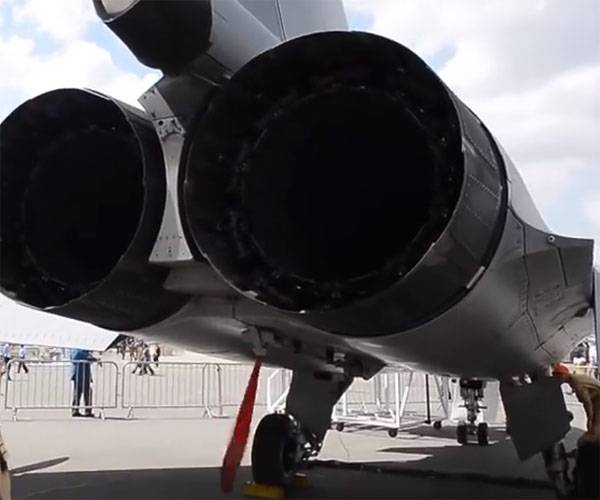Actually the so-called missile of Hybrid Biho are... MANPADS. And I suspect that MANPAD is actually Korean version of Russian Igla.
Oh dear... that is actually rather pathetic... most modern fighters and attack aircraft/helos can launch guided weapons from outside MANPADS range... even the Hind can launch Ataka missiles from 6km...
India buy large number of Igla-S MANPADs for 1,5 billion $ in November 2018. Interesting is, that India buy Igla-S and not newer and better Verba. Competitors were MBDA from France and SAAB from Sweden, what means Mistral and RBS-70.
Igla-S is a good system, relatively cheap and fully portable, it has a proximity fuse so it can destroy tiny targets like small UAVS without having to hit them directly.
I remember that trials with older model Iglas... can't remember if it was Igla or Igla-1, where they launched 9 missiles at 9 Malyutka targets (AT-3 ATGMs), which is a rather small target. I seem to remember there were 5 kills (ie direct hits) but the four near misses meant the target was not effected because without hitting the small target the warhead of the Igla did not detonate.
The result was the Igla-S with a proximity fuse for use against small targets.
India buy S-400 and Igla-S from Russia, Barak-8 and Spyder from Israel and now Biho from South korea. How will they work together in effective IADS only God knows as they are not compatible. India most probably choose Biho for diversifications, like Igla-S from Russia and Biho from South Korea as western side. Also there could be a price also a factor. Biho cost 12 million $ while Tunguska-M1 and Pantsir-S1 cost around 15 million $. India waste too much money on too expensive toys, that now they have to economy on SHORAD gun-missile complexes.
If that is the case then the Russian systems would still be the better choice as the command guided missiles of both Russian systems are relatively cheap to use and off vastly better performance.
It would be interesting to see the actual details of the tests to see how MANPADS could beat the Tunguska or Pantsir....
Similarly MiG-29 and Su-30 enjoyed a good position while Rafale contract is clearly just to appease the anti-Russia figures.
To be fair the Mirage 2000 was a good aircraft if a little expensive. The Rafale is a medium fighter that costs three times more than their heavy fighter and probably even more than the projected price of their new 5th gen fighter project...
And INSAS is basically AK with 5,56 ammo.
Hopefully it will be replaced with AK-103s in 7.62x51 and 7.62x39mm calibres.
Against Pakistan, they don't need such big IADS with state of the art communication and radars integration. Systems working by their own with radio communication between them is enough. Su-30 are also enough to deal with pakistan. S-400 will be used as ABM while other air def system won't see action to be honest.
Have you ignored what has happened in Syria.... Israel and the US wont venture into Syrian held airspace... even with F-35s and F-22s... and it wasn't really the S-300... it was the IADS...
China is big but their air force is still old. So again good radio communication between system should be enough.
Are you suggesting that good systems on their own is all you need... no need to coordinate them or manage their use?
There is a reason why a police force can deal with individuals or small groups of armed criminals... but when the numbers start to increase the tendency is to call in the national guard.
Dealing with one intruder or smuggler, sure, use individual air defence systems, but a coordinated attack requires a coordinated response.
A defence with no IADS is fragmented and vulnerable, a defence with an IADS is much much stronger and much more capable... even with just the same air defence weapons.





 JohninMK
JohninMK